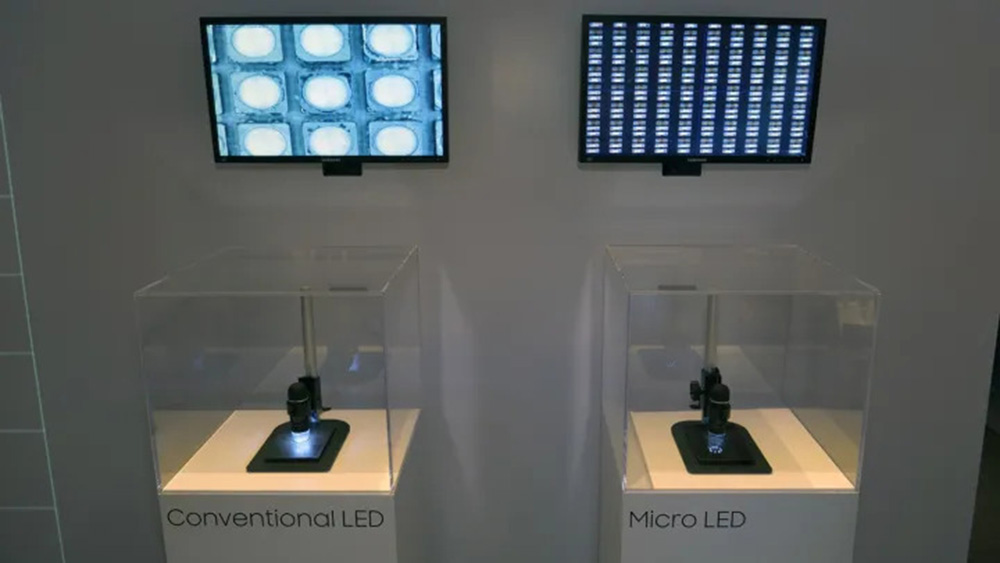Micro OLED technology, which is an innovative fusion of OLED and semiconductor technologies, is carving out a niche in specialized display markets, particularly in AR/VR devices. It’s essential to distinguish it from its similarly-named relative, Micro LED, as each serves different purposes and markets.
Traditional OLEDs have been around for some time and are well-integrated into consumer devices like TVs and smartphones.
They utilize organic materials to emit light, thus removing the need for backlights. This architecture allows OLEDs to deliver deep blacks, exceptional contrast, and overall lower power consumption compared to standard LEDs and LCDs.
Micro OLED takes this a step further by miniaturizing the technology for specific applications. Unlike regular OLEDs, Micro OLED panels are created by attaching OLEDs to semiconductor substrates through vapor deposition.
The result is a display that not only inherits OLED’s self-illuminating properties but also gains the advantage of being even more compact, energy-efficient, and capable of higher pixel density.
The AR/VR sector has long faced several hurdles such as motion sickness, low resolution, cumbersome device size, and high production costs. Micro OLED comes in as a potential game-changer by enabling ultra-high pixel densities that shoot for targets as high as 2,000 PPI, a significant leap from the current 500 PPI standard.
Though not ideal for large displays due to issues like uneven aging, Micro OLED shines in the realm of small, high-resolution applications which makes it perfect for next-gen AR/VR devices.
Micro LED and Micro OLED are Two Different Things

However, it’s worth noting that Micro LED, although sharing part of its name, differs significantly from Micro OLED.
For starters, Micro LEDs are made from inorganic materials, offering brighter and more stable displays. However, this comes with its own challenges, including a complicated manufacturing process.
Unlike Micro OLEDs, which can be customized in pixel size, Micro LEDs are strictly defined as diodes measuring ≤ 75μm. The application of Micro LED is also broader, ranging from wearables and headset displays to even phototherapy applications.
Companies globally are ramping up investments and collaborations to harness the potential of Micro OLED. Apple has partnered with TSMC to co-develop next-gen Micro OLED displays. Chinese electronics giant BOE is also aiming at the AR/VR market with Micro OLEDs.
On the Korean front, APS Holdings has been tasked by the government to work on a 4,000 PPI AR glasses project targeted for completion by 2024. Investment is flowing into this sector too, evidenced by the €8 million growth investment received by the French company MicroOLED.
In summary, Micro OLED is a burgeoning technology with a focus on small, high-resolution displays. It promises to overcome many limitations in the AR/VR industry, offering high performance, compact size, and energy efficiency.
While both Micro OLED and Micro LED deliver high resolution and fast response times, they each cater to different market needs and have their own sets of challenges and advantages.
By 2024, it’s projected that the global micro-display market, including both technologies, will produce 50 million units for a variety of applications, from smart glasses to head-up displays.

